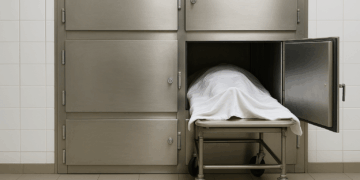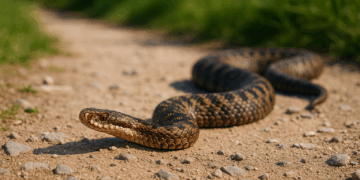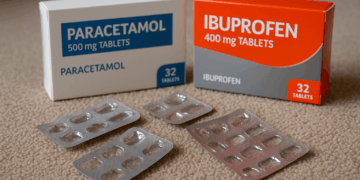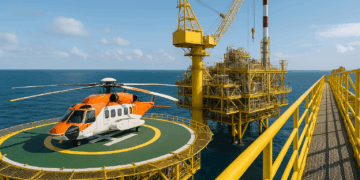Confined Spaces in the UK: Safe Entry under the Confined Spaces Regulations 1997
Last updated: 10 November 2025
Author: Jade Anderson, Senior Reporter — UK-Safety.News
What Counts as a Confined Space?
Any substantially enclosed space with a foreseeable specified risk (e.g., loss of consciousness, asphyxiation, drowning, fire/explosion), such as tanks, silos, pits, sewers, and vessels.
Plan, Permit, Protect
1) Avoid entry
Redesign the task; use remote tools/cleaning; work from outside where practicable.
2) Risk assess & permit
Identify specified risks; issue a confined space permit with clear controls, limits, and sign-off.
3) Atmosphere testing & ventilation
Test for oxygen, flammable gases, toxics; use continuous monitoring and forced ventilation.
4) Isolation & control
LOTO of mechanical/electrical; blank/bleed lines; secure materials to prevent engulfment.
5) Communication & supervision
Entrant–topman comms; standby person competent and dedicated; entry/exit logged.
6) Rescue plan & equipment
Tripods, winches, harnesses; non-entry rescue preferred; liaise with emergency services; drill regularly.
Quick Entry Checklist
✅ Permit issued & in date
✅ Gas tests recorded & continuous monitoring in place
✅ Ventilation confirmed effective
✅ Isolation/LOTO verified
✅ Rescue equipment on site & team briefed
✅ Competence and medical fitness verified






















